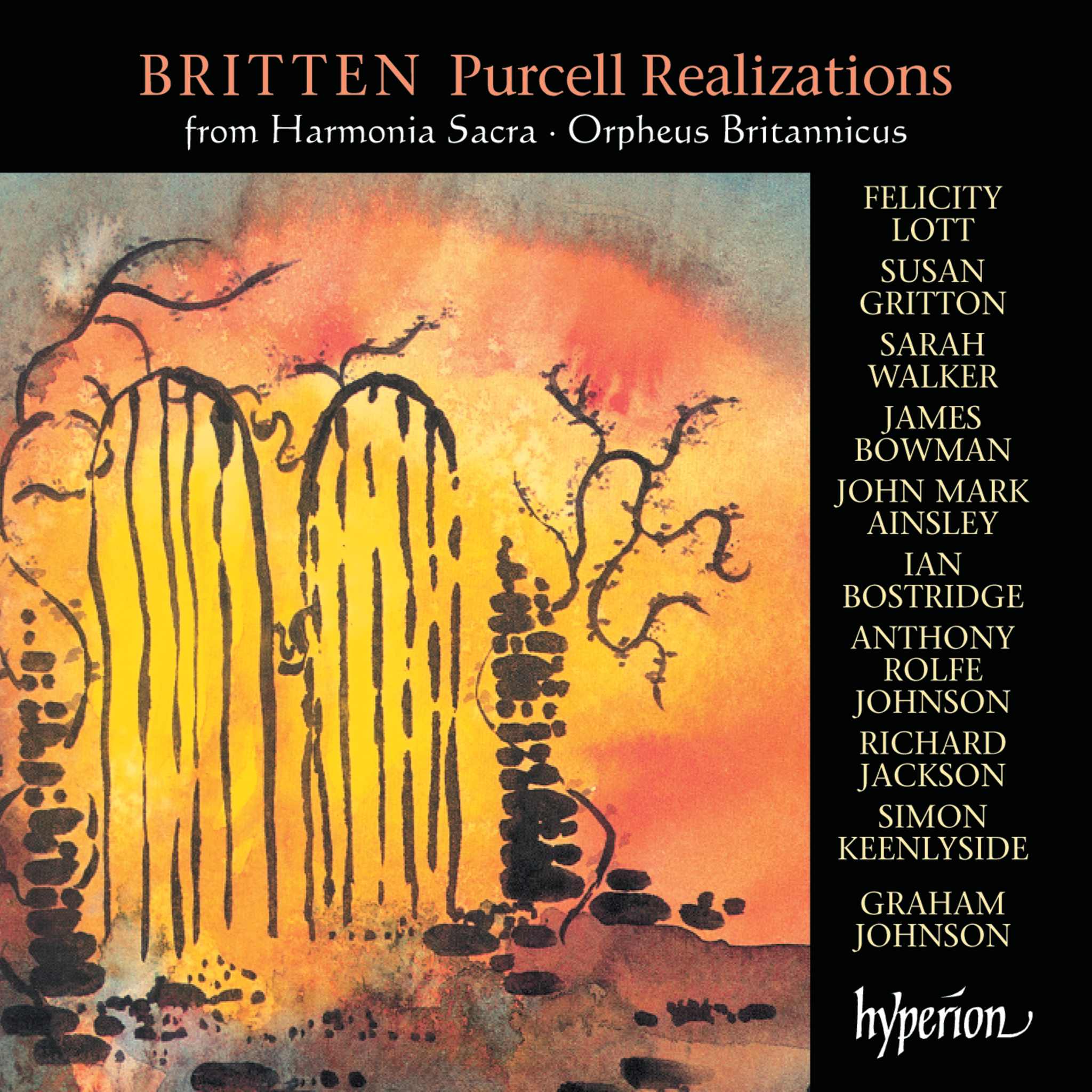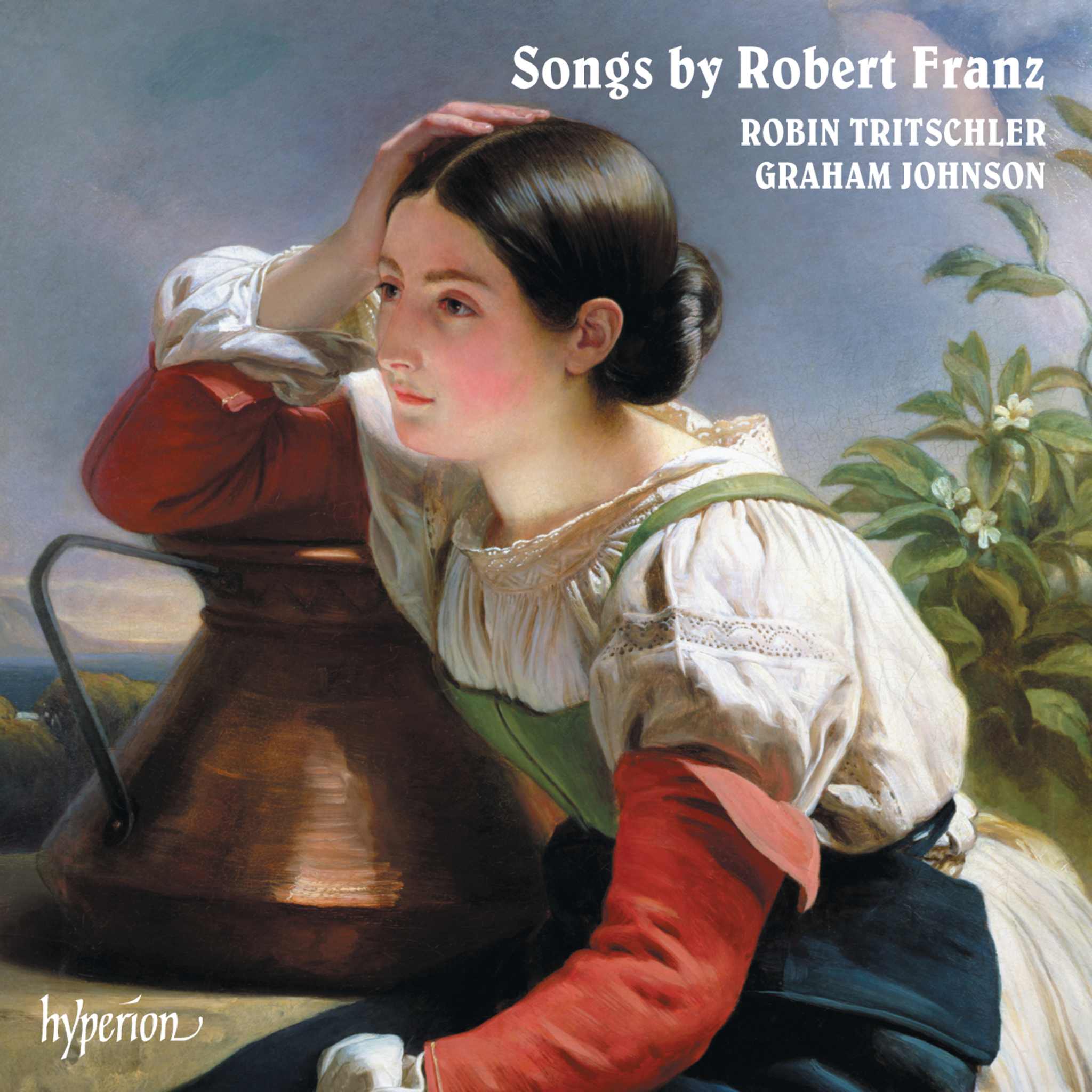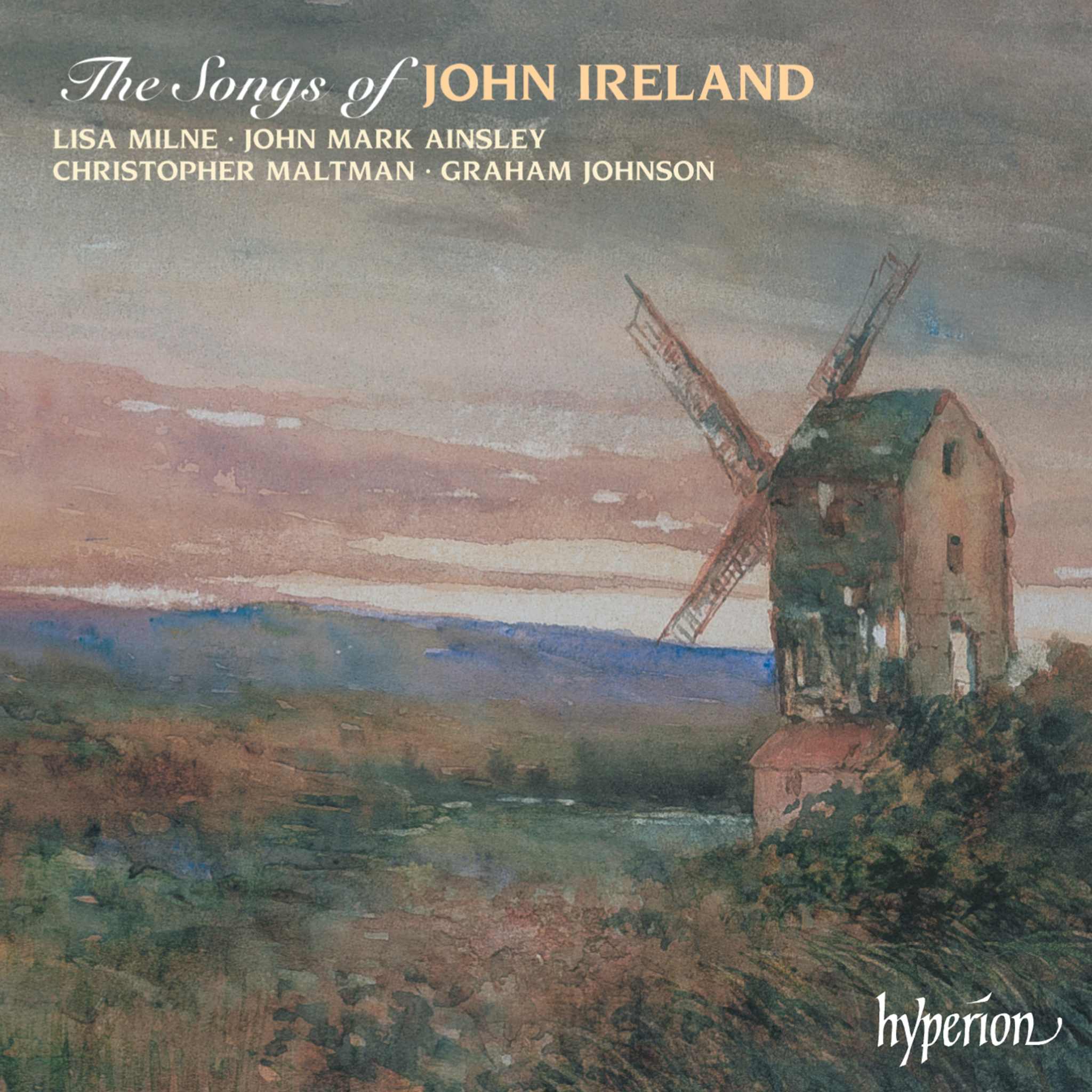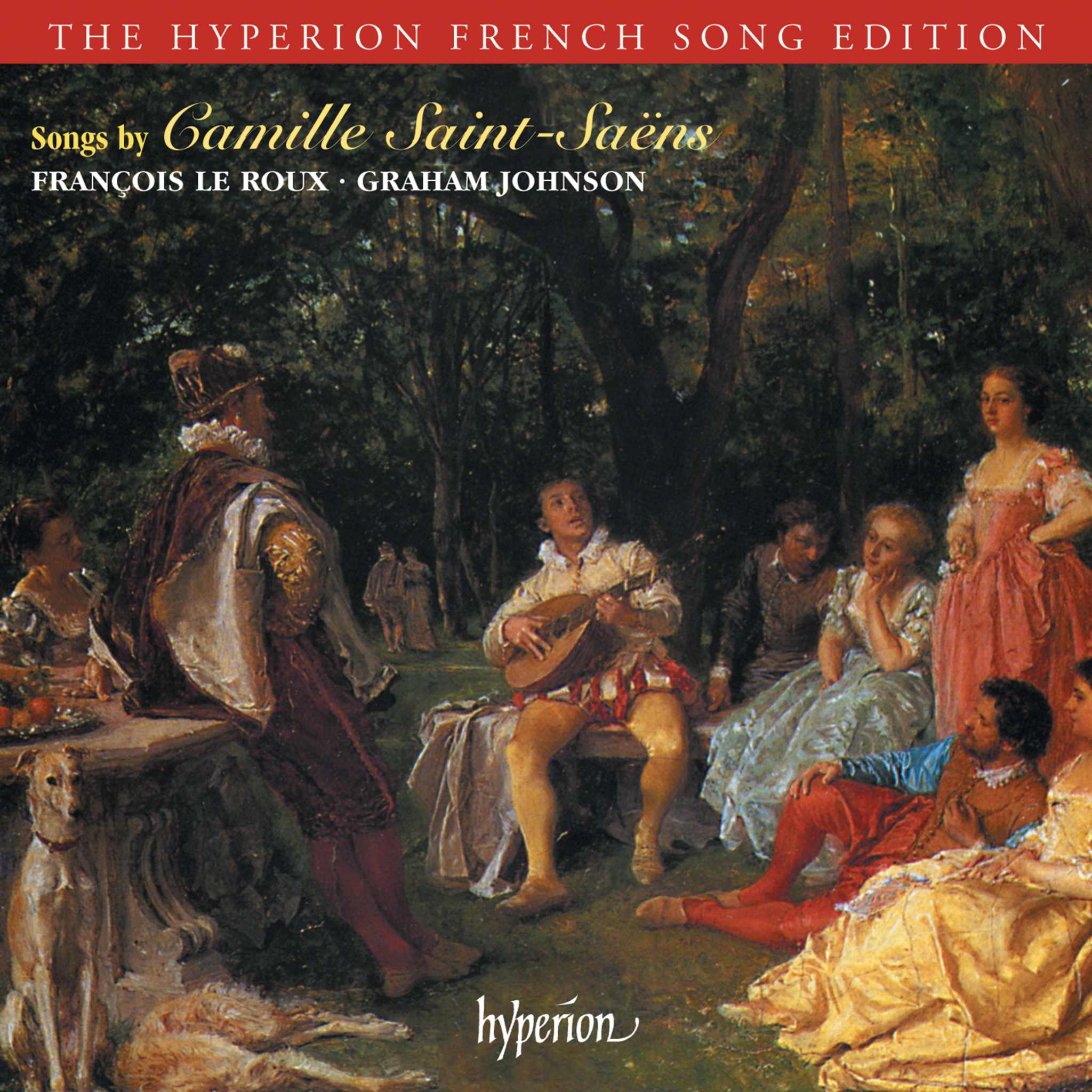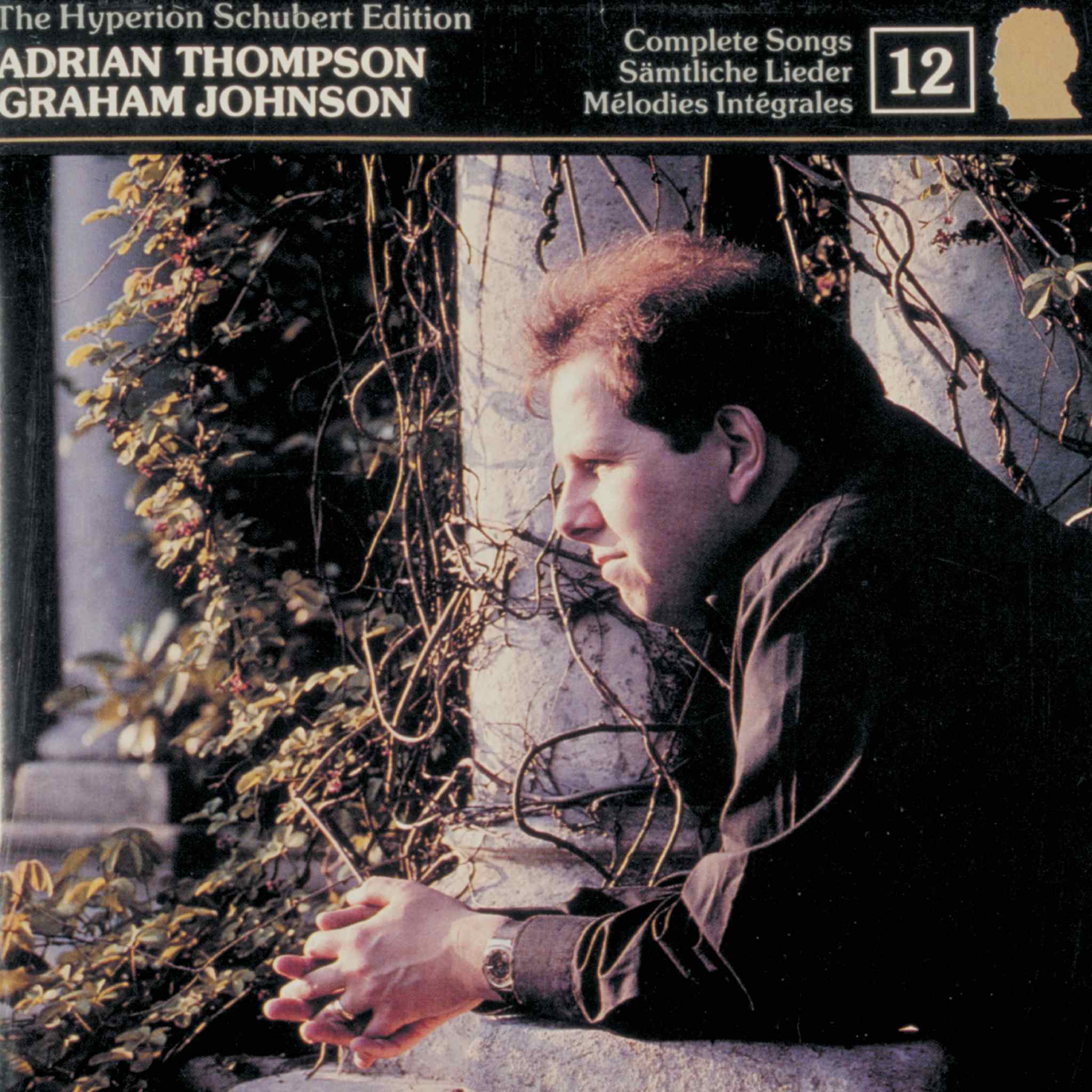Album insights
Brahms’s Piano Trio in B Major, Op. 8, marks both the beginning and end of his conventionally composed piano trios. Composed in his early twenties, Brahms expressed doubts about it even before its release. His desire for further changes led to alterations made in 1871 and a thorough reworking 35 years later. The transformation was profound, preserving just the Scherzo untouched. The new sections seamlessly integrated into the original material, resulting in a significantly revamped piece. Noteworthy alterations include the slow movement and the unconventional Moll finale, possibly underpinned by the tragic events in the Schumann household at the time of creation.
Brahms's Opus 40 Horn Trio demonstrates his affinity for the horn, showcasing compositions greatly influenced by his love for the instrument. The work evolves into a unique form of musical expression, similar to some of his orchestral pieces. His preference for the natural horn's rounded sound is evident throughout. The Trio presents a departure from traditional sonata beginnings, employing a Rondo structure instead, blending delicate and spirited themes in a harmonious interplay. This format harks back to Baroque conventions of alternating fast and slow movements.
Following these creations, Brahms embarked on the Trio in C Major and Trio in E-flat Major, ceasing on the latter but completing the former in 1882. The C Major Trio's opening Allegro showcases a diverse range of themes interwoven with intricate developments. The slow movement unfolds through variations of a melancholic theme, highlighting Brahms's persistent admiration for Hungarian Gypsy styles. The Moll-based Scherzo, coupled with a lively, intricate finale, showcases Brahms’s mastery in crafting contrasting movements within a single work.
Amid his productive years, Brahms's Trio in A Major, Op. 114, was inspired by the clarinet, achieving a harmonious balance among its instruments. The refreshing interplay between strings and piano followed by an array of thematic developments accentuates the unique character of this trio. This piece resonates with Brahms' late works, featuring descending thirds that imbue a sense of resignation. Throughout his chamber works, Brahms’s ability to infuse emotional depth and intricate melodies shines, culminating in powerful yet emotive endings.
In the summer of 1886, Brahms's composition of the Trio in C Minor brought forth one of his most concentrated and intense works. The interplay of themes among instruments, led at times by the cello, unfolds with orchestral grandeur. Through intricate melodic structures and evolving passages, Brahms portrays a dynamic and evocative journey, culminating in poignant and powerful musical resolutions.

